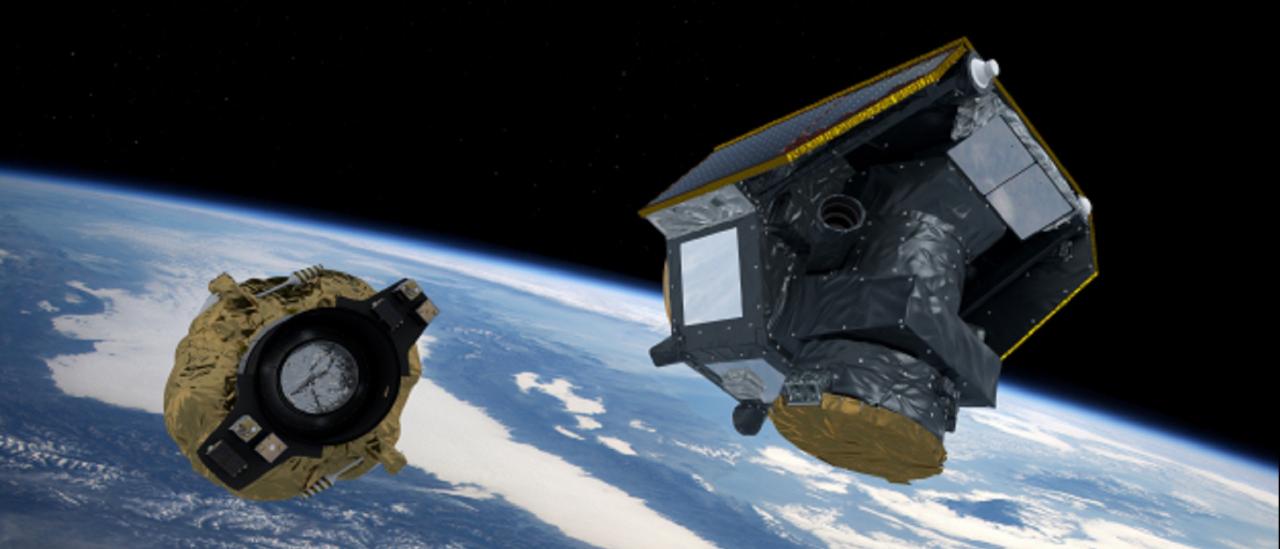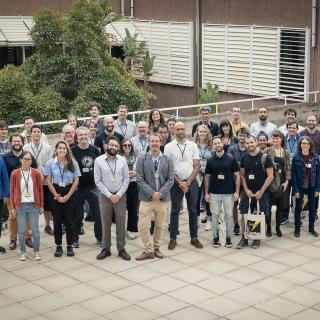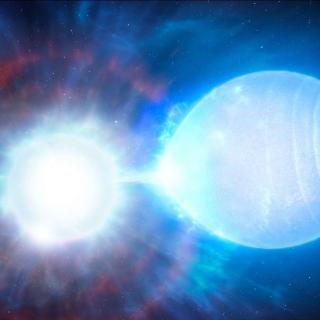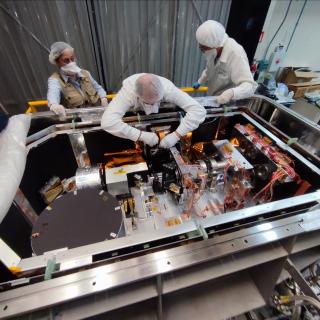This telescope was launched this morning from the Kourou (French Guyana) base of the European Space Agency (ESA) to observe minute changes in the brightness of stars, and to analyze the density and the composition of the exoplanets in orbit around them. In this project, led by ESA and Switzerland, there are 21 scientific institutions from ten countries participating, among them two researchers from the Instituto de Astrofisica de Canarias (IAC).
The aim of the Cheops telescope is to follow exoplanets already discovered to make precision analyses of their densities, which is an essential step in understanding their structure and composition. For example it tells us whether they are mainly gas or rocky and, maybe, if they have oceans.
"From the IAC we gave led a working group aimed at planning a series of measurements to monitor the instrument. The calculations were made soon after launch, to evaluate the state of Cheops once it had arrived on orbit" explains Enric Pallé, an IAC researcher who is a member of the committee which manages the science of the satellite.
"With Cheops we will be able to measure the exoplanet transits which we cannot detect from ground based observatories, where we are limited by the turbulence of our atmosphere. We will also obtain more accurately the physical parameters of the giant gaseous planets, which will help us to select those we will want to observe in more detail." comments Roi Alonso, another IAC researcher in the science team, leader of the group in charge of monitoring the instrument.
The launch was followed from two operations centres: the first in Geneva (Switzerland) to plan the observations, their processing and data archiving. The second, in Torrejón (Spain) from which the mission is operated via commands to the satellite, and where the data are received.
The great precision with which the telescope will be able to measure the depth of the light curves during transits will allow the astronomers to determine the sizes of the planets precisely. It will also identify objects for study by the James Well space telescope, which will be able to detect the presence of water and methane -important elements for seeking signs of habitability- and which is scheduled for launch in 2021.
This satellite is the first of a set of three missions programmed by ESA during the coming decade with the aim of researching exoplanets from a variety of aspects. These missions (Cheops today, Plato from 2026, and Ariel from 2028) will keep the European scientific community at the forefront of exoplanet research.
Contacts:
Roi Alonso Sobrino (+34 922 605 413)
Email: ras [at] iac.es (ras[at]iac[dot]es)
Enric Pallé (+34 922 605 268)
Email: epalle [at] iac.es (epalle[at]iac[dot]es)



